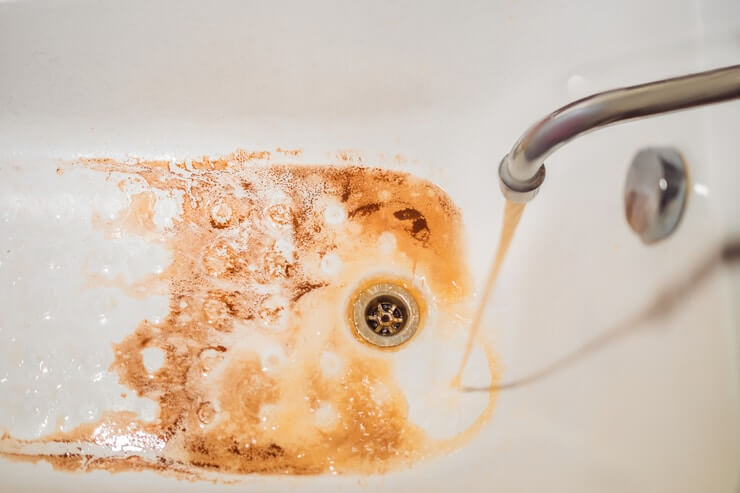Opening Affection: Why Revealing Your Desires and Demands is SecretOpening Affection: Why Revealing Your Desires and Demands is Secret
In the complex dancing of relationships, communication functions as the guiding rhythm. It enables partners to browse the complexities of their shared journey, fostering understanding and strengthening their connection. One essential facet of this communication lies in the capability to plainly and honestly reveal one’s wishes and demands, especially when it involves affection. When both partners feel safe to verbalize their internal world, they lead the way for a more fulfilling and attached relationship according to https://www.travel-pa.com/harry-potter-london-tour/.
The Power of Vulnerability
Sharing desires and demands, especially within the intimate ball, calls for susceptability. It involves shedding the shield of self-protection and revealing deeply personal facets of oneself. This act of vulnerability can really feel daunting, often causing worries of being rejected or judgment. However, it is within this room of vulnerability that true intimacy blooms. When partners can honestly share their wishes, dreams, and worries, they create a safe house for psychological expedition and mutual understanding according to https://hedonistshedonist.com/blog/7-must-see-attractions-near-heathrow-airport/.
Breaking Down Barriers: The Function of Clear Communication.
Clear communication forms the bedrock of any type of effective relationship, however it takes on even greater importance when talking about sensitive subjects like intimacy. It’s not nearly mentioning your wishes; it’s about sharing them in a way that fosters understanding and encourages reciprocation. Right here are some essential concepts to keep in mind:.
Use “I” statements: Phrasing your desires in regards to your own sensations and experiences (” I really feel enjoyed when …”) stays clear of putting blame or making your partner feel caught.
Specify: Rather than vague generalizations, provide concrete instances. As opposed to stating “I desire a lot more love,” attempt “I would like it if we might plan a date evening as soon as a month.”.
Active listening: Communication is a two-way road. Pay attention to your companion’s spoken and non-verbal hints, ask making clear questions, and show back what you’ve heard to ensure understanding.
Produce a risk-free space: Develop a setting devoid of judgment and objection. Allow your companion understand that their feelings and needs stand, even if they differ from your own.
Navigating Differences and Searching For Common Ground.
It’s important to identify that partners may have differing desires and needs. This is flawlessly normal and presents an opportunity for exploration and concession. The key is to approach these distinctions with inquisitiveness and a readiness to comprehend your companion’s perspective.
Check out the “why”: Delve deeper into the reasons behind your companion’s preferences. Recognizing their motivations can foster compassion and bring about innovative remedies.
Discover commonalities: Despite having differing wishes, there are likely areas of overlap. Focus on these shared passions and build upon them.
Agree to compromise: Relationships flourish on compromise. Be prepared to step outside your comfort zone and try new things. This demonstrates a willingness to fulfill your companion midway and focus on the relationship’s growth.
The Benefits of Visibility.
Purchasing open and truthful communication about needs and needs yields substantial rewards:.
Boosted intimacy: Sharing your internal world fosters a much deeper emotional link and enhances the bond in between companions.
Enhanced sex-related contentment: Understanding each other’s choices results in a much more fulfilling and pleasant intimate life.
Greater relationship complete satisfaction: When partners really feel listened to and comprehended, they experience greater overall happiness and contentment in their relationship.
Individual development: The susceptability needed for open communication can result in enhanced self-awareness and personal growth.
Past the Bed room.
While this conversation has actually focused on affection, the concepts of clear communication and expressing wishes reach all aspects of a relationship. Whether it has to do with family chores, monetary decisions, or future plans, the capacity to verbalize your needs and pay attention to your companion’s point of view is vital for building a strong and enduring partnership.
To conclude, revealing wishes and needs is not just an act of communication; it’s an act of love. It shows a commitment to the relationship’s growth and a desire to nurture the psychological link between partners. By embracing susceptability, practicing clear communication, and coming close to distinctions with understanding, couples can open a deeper level of affection and develop a really meeting relationship.



